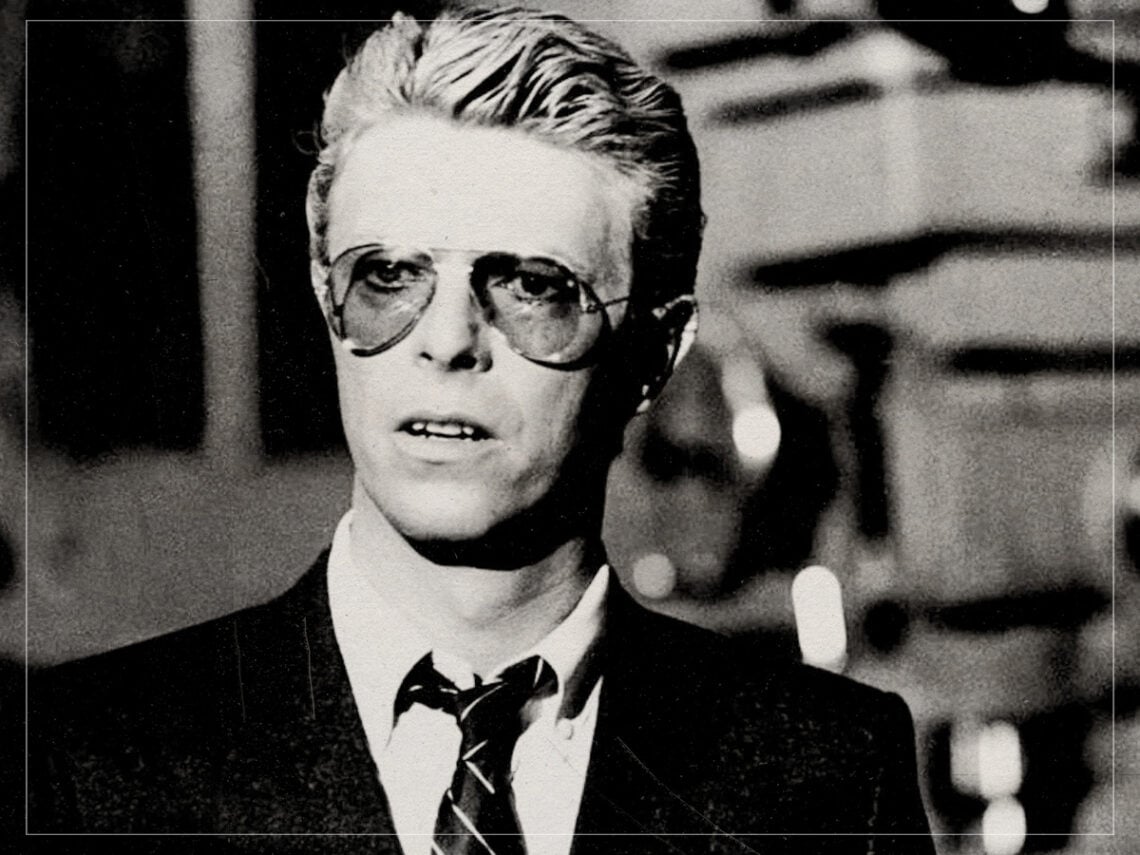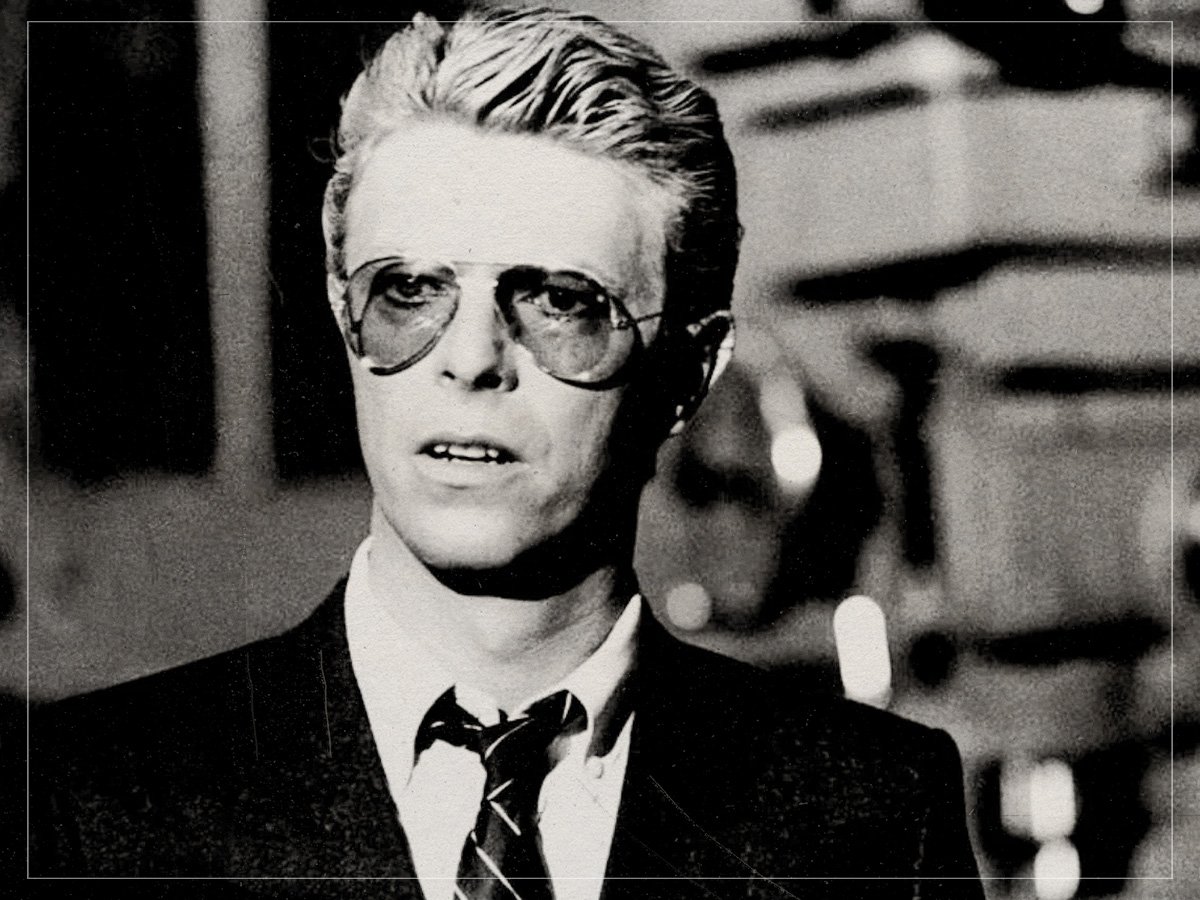
(Credits: Far Out / Alamy)
Tue 12 August 2025 20:00, UK
Kingston Upon Hull. The 2017 city of culture responsible for chip spice, Hull Kingston Rovers, cream phone booths, and who could forget, the rock ‘n’ roll icon David Bowie.
I can already feel a lot of your spines seizing up from that final comment. “Hull? David Bowie wasn’t from Hull! He was from Brixton!” Yes, I know, but while Bowie may have been from Brixton, he didn’t enter into his musical stride until he met some maestros from Hull.
David Bowie had already released some music prior to meeting Mick Ronson, who would eventually lead his backing band, the Spiders From Mars, but none of his music had stuck. The two self-titled albums Bowie had released, ironically, didn’t really capture the essence of the artist we would all grow to love. He was leading with a singer-songwriter approach to music, but Mick Ronson helped him channel his inner rock star.
When the two started working together, Bowie was able to write music that allowed him to become creative and flamboyant. Tapping into this new style of artistry was a massive game-changer for David Bowie, as it allowed him to fully lean into the kind of music that he was destined to make. His career took off, and he was recognised for his talent as a songwriter and visionary.
When Bowie started working with Ronson, it sparked a run of nine albums over a three-year period that Bowie had a hand in making. All of these albums are considered classics on some level, and the rapid succession at which they were made shows just how much Bowie hit his creative stride. Granted, not all of the records are by Bowie, but he still helped out in their creation. The years of 1971 – 1974 proved to be formative years for one of the world’s most widely celebrated rock stars.
His first album that started this generational run was The Man Who Sold The World. Released in April 1971, the album saw Bowie work with Mick Ronson for the first time and fully embrace the rock sound that Ronson was championing. This was a heavy album through and through, as soon as people listened to the opener, ‘The Width Of A Circle’, they knew that they were dealing with a new kind of rockstar.
Bowie went on to release Hunky Dory and The Rise & Fall Of Ziggy Stardust & The Spiders From Mars before teaming up with the band Mott The Hoople and helping them put together their 1972 album All The Young Dudes. When Mott The Hoople were threatening to break up, Bowie offered them one of his unrecorded songs, ‘All The Young Dudes’. Mott The Hoople’s version shot to number three in the charts and saw the band stay together for a while longer. It also inspired their album of the same name, which is widely considered one of their best.
Bowie also helped out a post-Velvet Underground Lou Reed with his album Transformer. Bowie helped turn Lou Reed into a glam rock sensation, and with Mick Ronson on guitar duties, they were all able to put together one of Lou Reed’s greatest works.
Bowie continued to work with other artists and on his own material for the next year, and as a result, helped with the making of albums such as Aladdin Sane, Raw Power, Pin-Ups and Diamond Dogs. When you fully consider the timeline, it is evident that the years 1971 – 1974 were some of Bowie’s absolute greatest.
David Bowie’s releases from 1971 – 1974 David Bowie – The Man Who Sold The World (April 1971) David Bowie – Hunky Dory (December 1971) David Bowie – The Rise & Fall Of Ziggy Stardust & The Spiders From Mars (June 1972) Mott The Hoople – All The Young Dudes (September 1972)Lou Reed – Transformer (November 1972) David Bowie – Aladdin Sane (April 1973) Iggy And The Stooges – Raw Power (June 1973) David Bowie – Pin-Ups (October 1973) David Bowie – Diamond Dogs (May 1974)
Related Topics

